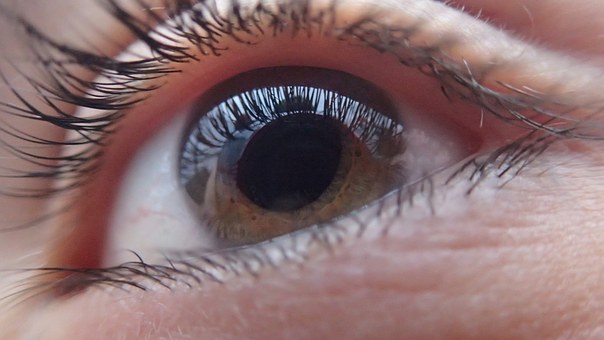January 18
Clinical Study: Pearl Powder Disolved Cataracts
0 comments
Cataracts are protein clumps that gather in the lens of the eye. They cause clouded vision and sometimes a change in color tint. The National Eye Institute informs that by age eighty, over half of all Americans will have cataracts.
Currently, the most common way to deal with cataracts is surgery. On average this operation costs upwards of $3,000 per eye.

While it is the most effective method of treatment, for many people, the cost and potential risks of surgery makes it a difficult one.
Both Chinese and Ayurvedic medicine use pearl to treat and prevent cataracts. This traditional wisdom was further confirmed by scientific studies. In one study published in “Ocean Medicine Journal”, Dr. Shinan Wang gave pearl powder eye drops to mice that had cataracts. He found that pearl eye drops could prevent mice from developing cataracts.
In a human clinical trial, Dr. Shuxiu Wang let her 28 patients with cataracts to take pearl powder internally (1500 mg each time, three times a day) and apply it to their eyes in the form of eye cream externally. After one month, she found that 66% of her patients recovered from cataracts.
Scientific research suggests that pearl signal proteins may help stimulate the regeneration of connective tissues in the eye. Pearl powder is also rich in zinc, calcium, and amino acids: all things the National Eye Institute recommends for maintaining healthy eyesight.
Pearl Powder with Signal Proteins may well be an excellent way to help maintain one’s optical health. However, more scientific research still needs to be conducted for a pearl to obtain FDA approval for treating cataracts and other eye diseases
Tags